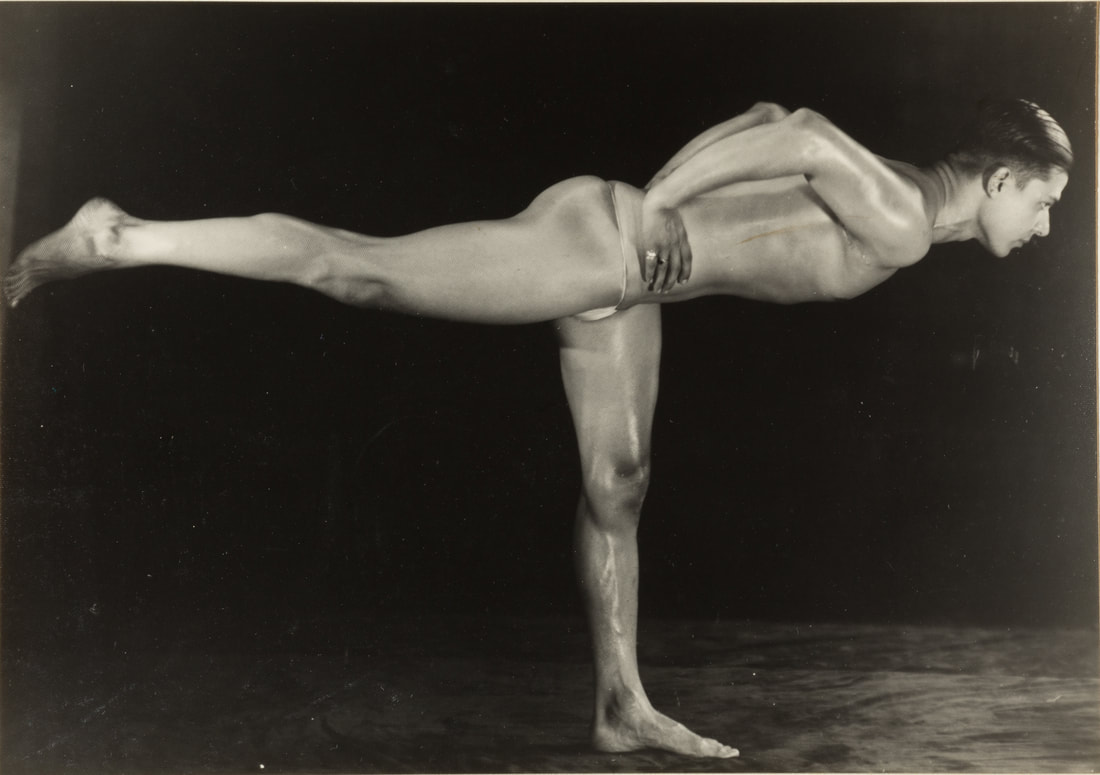 Buddha Bose in Tuladandasana, in 84 Yoga Asanas, 1938 Buddha Bose in Tuladandasana, in 84 Yoga Asanas, 1938 Balancing Stick is a common posture in the Ghosh lineage. It is also in Bikram Yoga (26+2). It is essentially the same posture as what is known as Warrior 3, or Virabhadrasana 3, in Iyengar and flow styles of yoga. The purpose of the posture in the Ghosh lineage is to 1) cultivate balance, 2) strengthen the back of the body, particularly the back of the standing leg. BEFORE IYENGAR In 1938, Buddha Bose instructs to keep the hands on the hips and "bend forward raising the right leg backwards". In 1963, Dr Gouri Shankar Mukerji instructs to "balance on one leg and lift the other leg back without ending the knees (p. 119)." He says that the posture promotes balance of the body and that the muscles of the hip and back are exercised (p. 120). 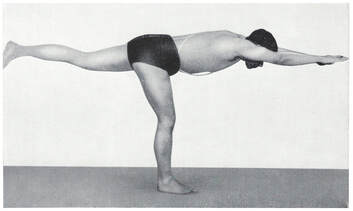 Dr Gouri Shankar Mukerji in Tuladandasana, in 84 Yoga Asanas, 1963 Dr Gouri Shankar Mukerji in Tuladandasana, in 84 Yoga Asanas, 1963 IYENGAR'S INFLUENCE In 1966, Light On Yoga by Iyengar is published. The impact of this book on yoga is immense. In his instructions for Virabhadrasana 3 he writes about pulling and stretching. The instructions state, "Pull the back of the right thigh and stretch the arms and the left leg as if two persons are pulling you from either end (p. 74)." Nowhere was this language of pulling and stretching found in the Ghosh lineage instructions prior. However, after Iyengar, we do see it. AFTER IYENGAR In 1978, Bikram Choudhury writes in Bikram's Beginning Yoga Class, "The only way to keep your tummy and chest and left leg safe is to stretch your torso forward like crazy by lifting, ever lifting your arms and head, while you stretch more and backward with the pointed foot and ever more forward with the fingertips, all the while lifting at front and back (p. 65)." 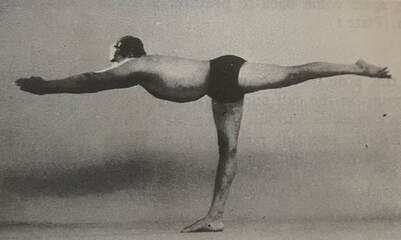 BKS Iyengar in Virabhadrasana III, in Light on Yoga, 1966 BKS Iyengar in Virabhadrasana III, in Light on Yoga, 1966 This is a little wordy and indirect, but still introducing the idea of stretching while in the pose. However, by 2007 the instruction is nearly identical to Iyengar's. Choudhury writes in Bikram Yoga, "Imagine a tug of war: Someone is pulling your back foot toward the wall with all his might and someone else is pulling your outstretched hands as hard as she can in the opposite direction (p. 132)." CONCLUSIONS Iyengar's instructions have most certainly influenced how Balancing Stick is taught. We feel this is somewhat unfortunate for the following reason: the purpose of the posture is lost if we focus not on the standing leg and balance, but on the outstretched arms and back foot. (The concept of traction or stretching in opposite directions is also misleading, but that's for another blog....) Regardless, it's interesting to note the similarities in the postures and the evolution of the instructions. Bibliography:
84 Yoga Asanas by Buddha Bose 84 Yoga Asanas by Gouri Shankar Mukerji Light On Yoga by BKS Iyengar Bikram's Beginning Yoga Class by Bikram Choudhury & Bonnie Reynolds Bikram Yoga by Bikram Choudhury
0 Comments
Leave a Reply. |
AUTHORSScott & Ida are Yoga Acharyas (Masters of Yoga). They are scholars as well as practitioners of yogic postures, breath control and meditation. They are the head teachers of Ghosh Yoga.
POPULAR- The 113 Postures of Ghosh Yoga
- Make the Hamstrings Strong, Not Long - Understanding Chair Posture - Lock the Knee History - It Doesn't Matter If Your Head Is On Your Knee - Bow Pose (Dhanurasana) - 5 Reasons To Backbend - Origins of Standing Bow - The Traditional Yoga In Bikram's Class - What About the Women?! - Through Bishnu's Eyes - Why Teaching Is Not a Personal Practice Categories
All
Archives
May 2024
|

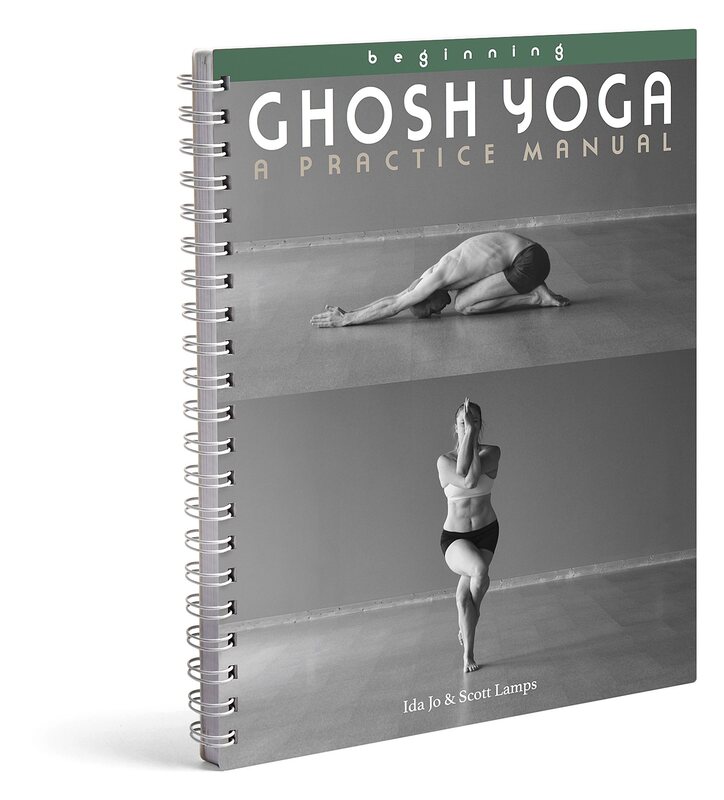
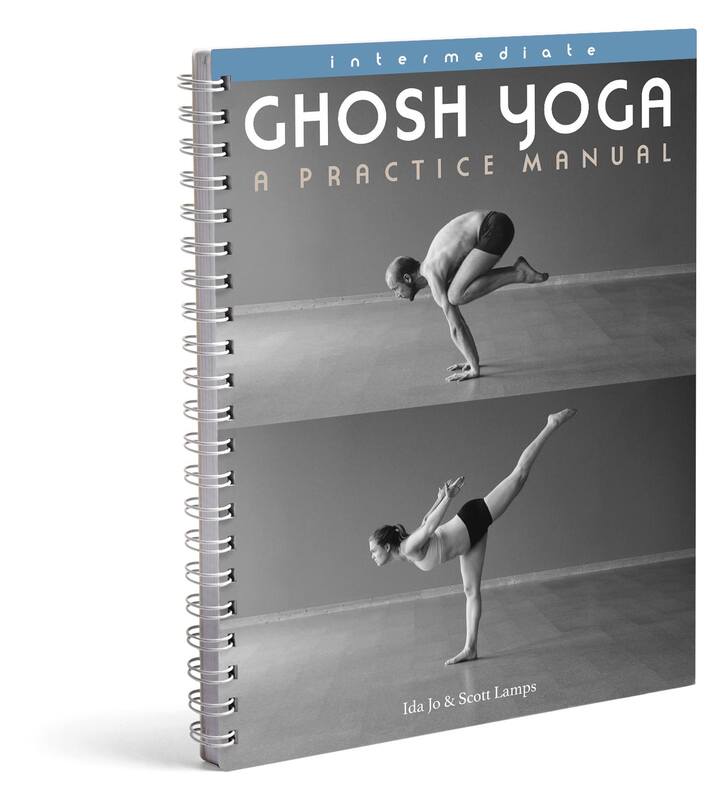
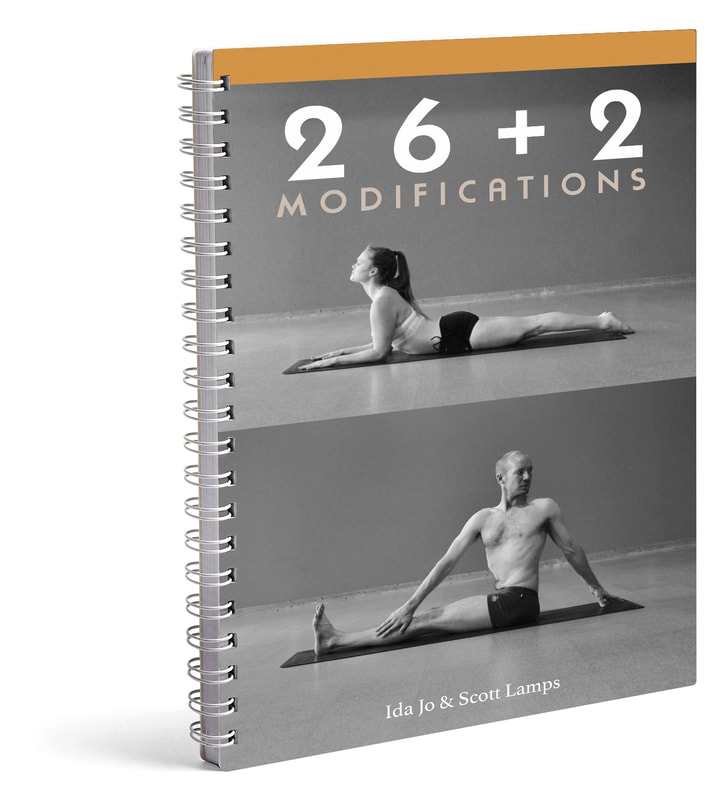


 RSS Feed
RSS Feed